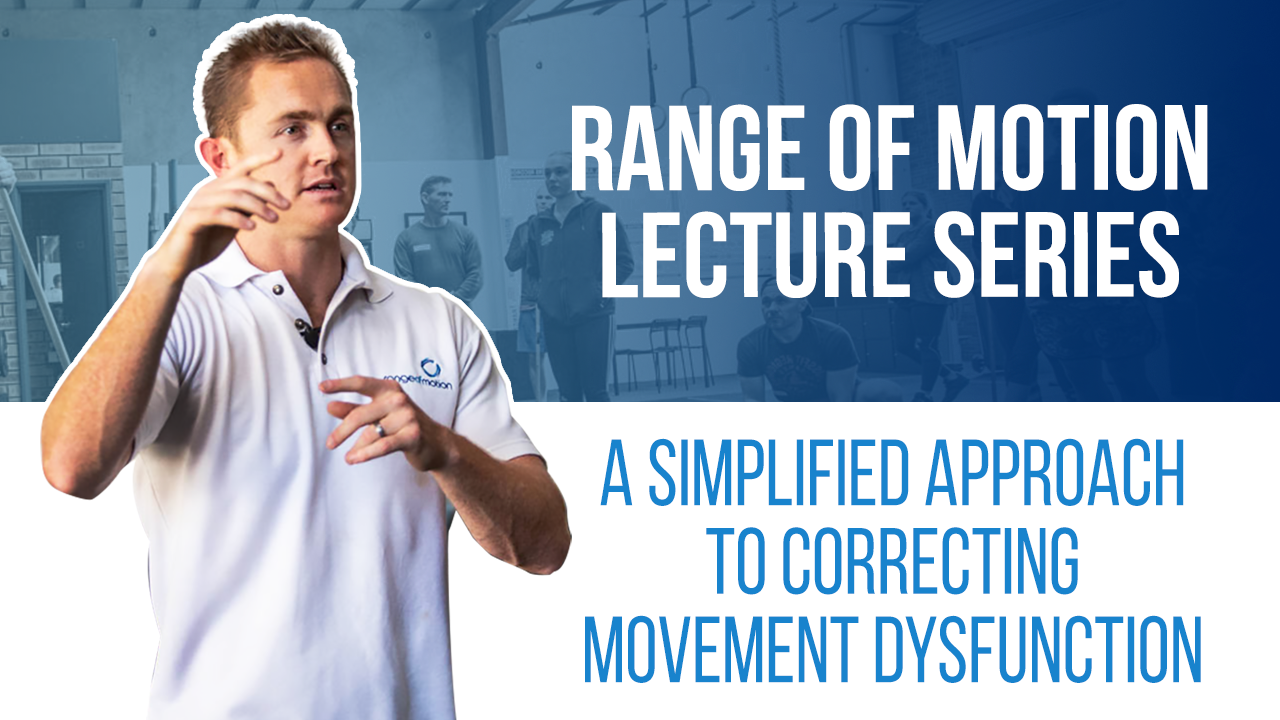Transcribed from video:
– Sometimes a technique correction in motor control isn’t enough, and that’s what we’re talking about now. So these problems, these issues that you guys have identified in your assessments there, they are indicative of some sort of movement dysfunction, obviously, but also then a dysfunction in the musculoskeletal system. So we know that a problem exists there in your musculoskeletal system. And we basically have these relationships between muscles and structures. So imagine that you’ve got the mast on a ship, on a sailboat, and there are ropes going up to that mast. If this one’s too tight, it’s going to pull the mast over. If this one is too weak or too loose, it’s going to let it be pulled over. So again, we can go really deep in this, but I want to keep this simple, and applicable, and usable for you guys. Let’s broadly categorise muscles into one of two groups. They’re overactive, tight, or short, which is that rope that’s pulling the mast over. Or they’re underactive, loose, or long, which is that rope that’s letting that mast be pulled over. Does that make sense? Again, we can go into a lot more detail further down the rabbit hole with this, but this again is the 80, 20. This 20% of understanding of knowledge will solve 80% of our problems when it comes to movement dysfunction. Overactive, tight, and short muscle groups. Underactive, loose, and long muscle groups.





